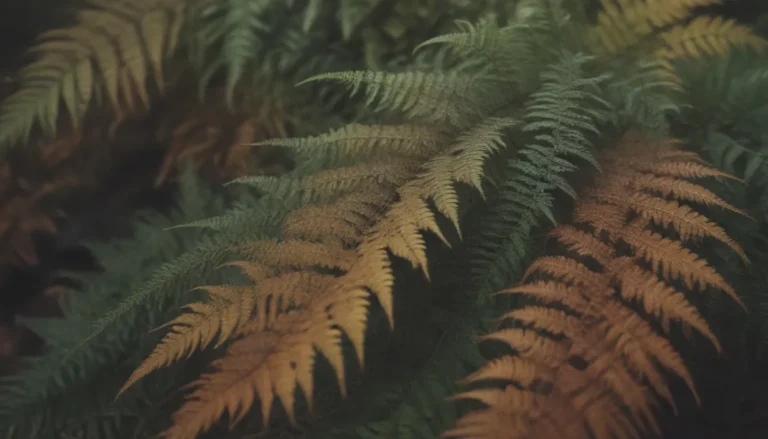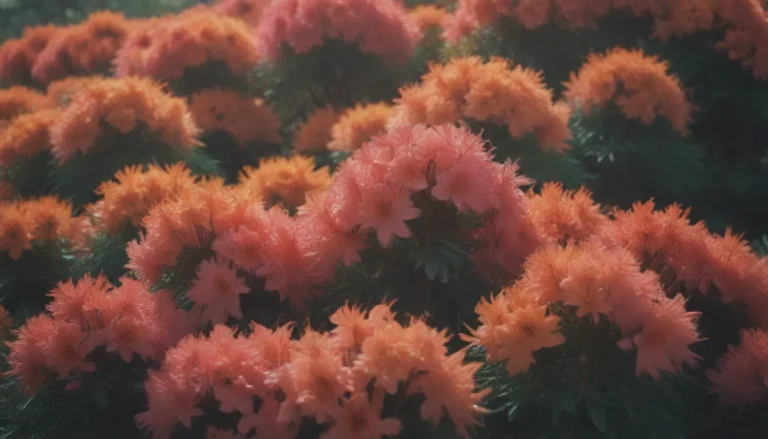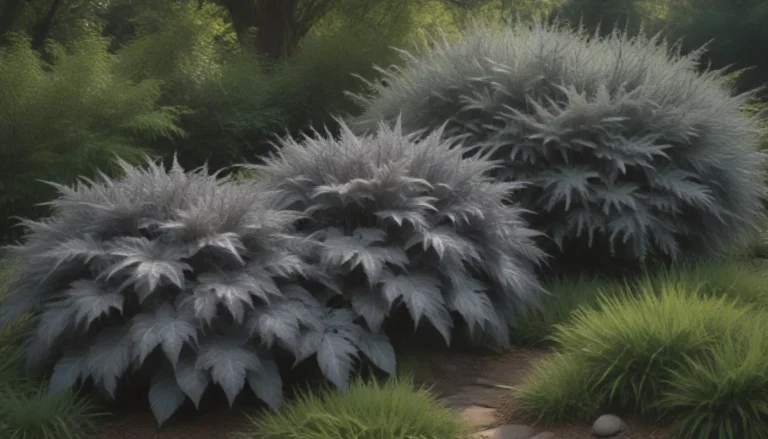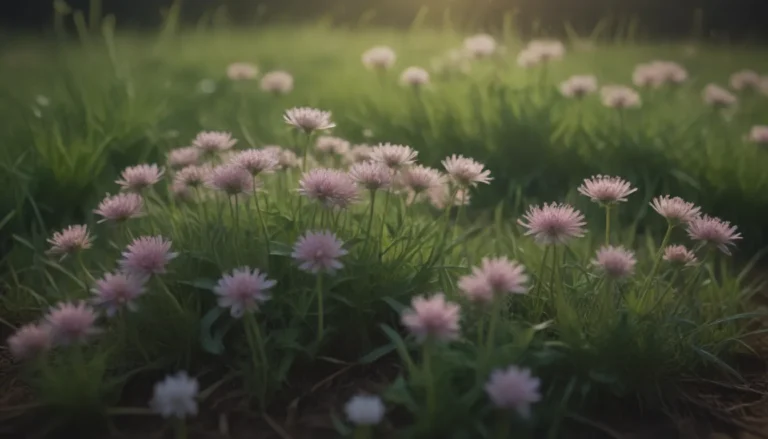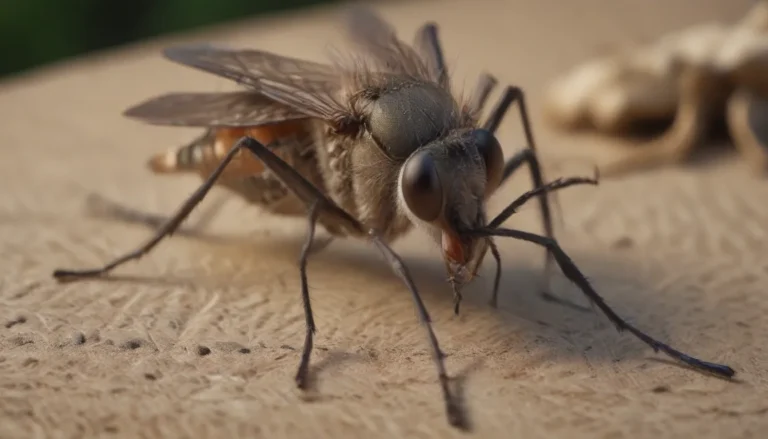The Ultimate Guide to Prayer Plant Care and Growing
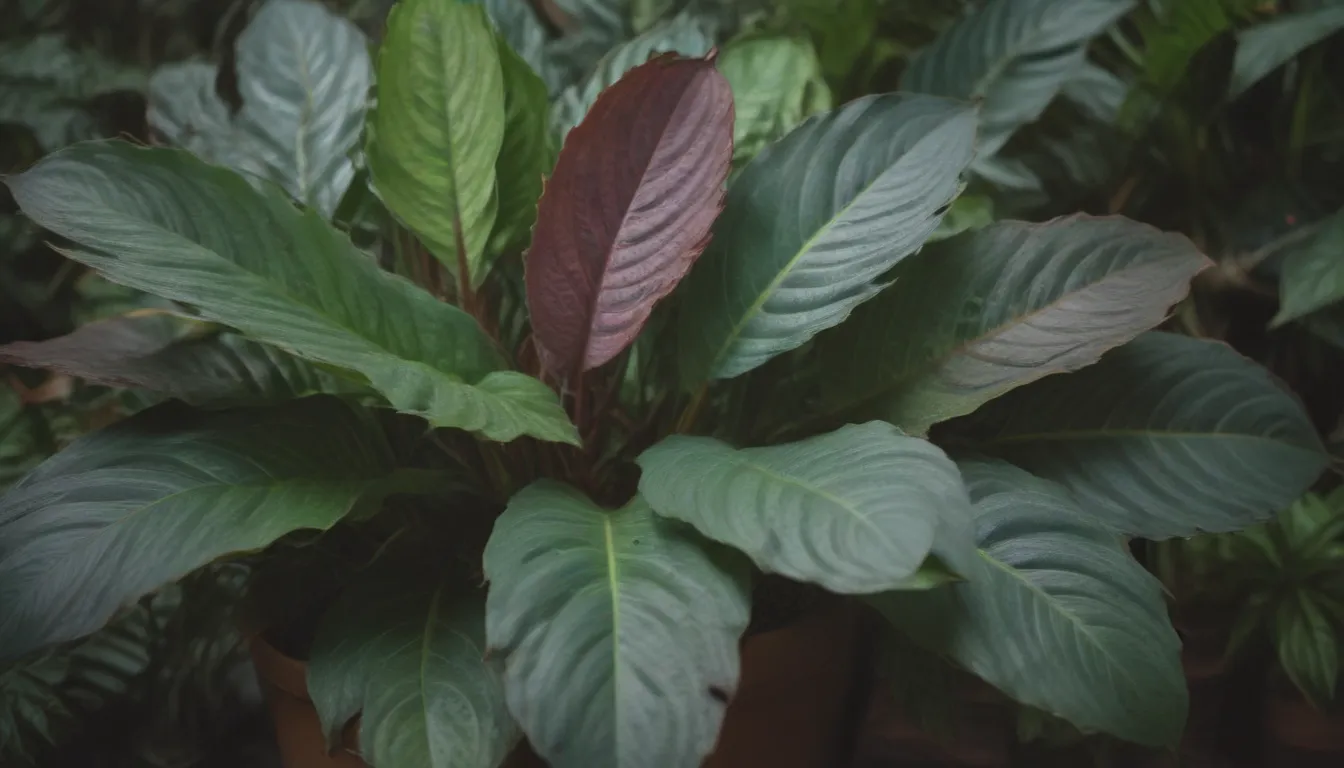
If you’re a plant lover looking to add a touch of tropical beauty to your indoor space, the prayer plant (Maranta leuconeura) is an excellent choice. Known for its unique decorative foliage that folds up like praying hands at night, this slow-growing plant is a popular choice for many indoor gardeners. In this comprehensive guide, we will cover everything you need to know about caring for and growing prayer plants to ensure they thrive in your home.
Why Choose a Prayer Plant?
Before diving into the care and growing tips for prayer plants, let’s take a moment to appreciate why these plants are so popular among indoor gardeners:
- Unique Foliage: The distinct pattern on the leaves of prayer plants makes them a standout addition to any plant collection.
- Pet-Safe: Good news for pet owners – prayer plants are non-toxic to both pets and humans, making them a safe choice for homes with furry friends.
- Low-Maintenance: While they do require specific conditions to thrive, prayer plants are relatively low-maintenance and can be a rewarding addition to any indoor garden.
Now, let’s explore the essential care tips for ensuring your prayer plant flourishes in your home.
Prayer Plant Care Tips
Light
- Light Requirement: Prayer plants thrive in bright to medium indirect sunlight. Avoid direct sunlight, as it can burn the delicate leaves of the plant.
- Low-Light Tolerance: While prayer plants can tolerate low-light conditions, prolonged lack of sunlight may lead to leggy growth. Provide bright light during the winter months to maintain growth.
Soil
- Well-Draining Soil: Use a well-draining, loamy, and acidic soil mix for your prayer plant. A blend of sphagnum peat moss, loamy soil, and perlite or coarse sand works well.
- Watering Schedule: Keep the soil evenly moist, watering once the top layer has dried out. Adjust watering frequency based on the season to prevent overwatering or underwatering.
Temperature and Humidity
- Warm, Humid Environment: Prayer plants thrive in warm, humid conditions. Maintain household temperatures between 60 and 80 degrees Fahrenheit and provide extra humidity if needed.
- Humidity Boosters: Use a humidifier or place the plant on a tray filled with water and stones to increase humidity around the plant.
Fertilizer
- Regular Fertilization: Fertilize your prayer plant every two weeks during the growing season, reducing to once a month in winter.
- Water-Soluble Fertilizer: Use a water-soluble houseplant fertilizer diluted to half-strength to prevent root burn from excessive fertilizer.
Types of Prayer Plants
While the tricolor variation of prayer plants is the most popular, there are several other varieties to explore within the Maranta genus:
- Red/Tri-Colored Maranta
- Rabbit’s Tracks Maranta
- Green Maranta
- Black Maranta
Each variety offers a unique foliage pattern, adding diversity to your indoor plant collection.
Pruning and Propagating Tips
Pruning
- Encouraging Bushy Growth: Pruning can help maintain a bushy appearance for your prayer plant.
- Removing Leggy Growth: Trim off long stems or leaves that have turned brown to encourage new growth.
- Pruning Method: Use sharp, clean pruning shears to trim sections of the stem just above the leaf nodes.
Propagating
- Division Method: The easiest way to propagate prayer plants is by dividing the plant during repotting. Create new plants from healthy sections of the parent plant to expand your collection.
Common Pests and Problems
Pests
- Watch for Signs: Keep an eye out for spider mites and mealybugs, common pests that can infest prayer plants.
- Natural Remedies: Treat infestations with natural insecticides like neem oil to protect your plant’s health.
Common Problems
- Yellow Leaves: Address watering, sunlight, and root rot issues that can lead to yellow leaves.
- Brown Leaves: Improve humidity levels and adjust watering schedules to prevent browning of leaves.
- Dropping Leaves: Investigate temperature changes, pest infestations, and fertilization issues if your plant starts dropping leaves unexpectedly.
By addressing these common issues promptly, you can ensure your prayer plant remains healthy and vibrant in your home.
Fun Facts about Prayer Plants
- Indoor Success: Prayer plants thrive best indoors, where you can control the tropical conditions they prefer.
- Blooming Potential: Under the right conditions, prayer plants can produce delicate white and light pinkish-purple flowers in spring and summer.
Additional Resources
For more information on prayer plant care and other plant-related topics, consider checking out the American Society for the Prevention of Cruelty to Animals website and the Missouri Botanical Garden’s resources on Maranta leuconeura.
In conclusion, prayer plants are a beautiful, pet-safe addition to any indoor garden. With the right care and attention to their specific needs, you can enjoy lush, decorative foliage and even the occasional delicate bloom from these unique plants. Remember to observe your plant closely, adjust care routines as needed, and enjoy the calming presence of your prayer plant in your home. Happy gardening!
